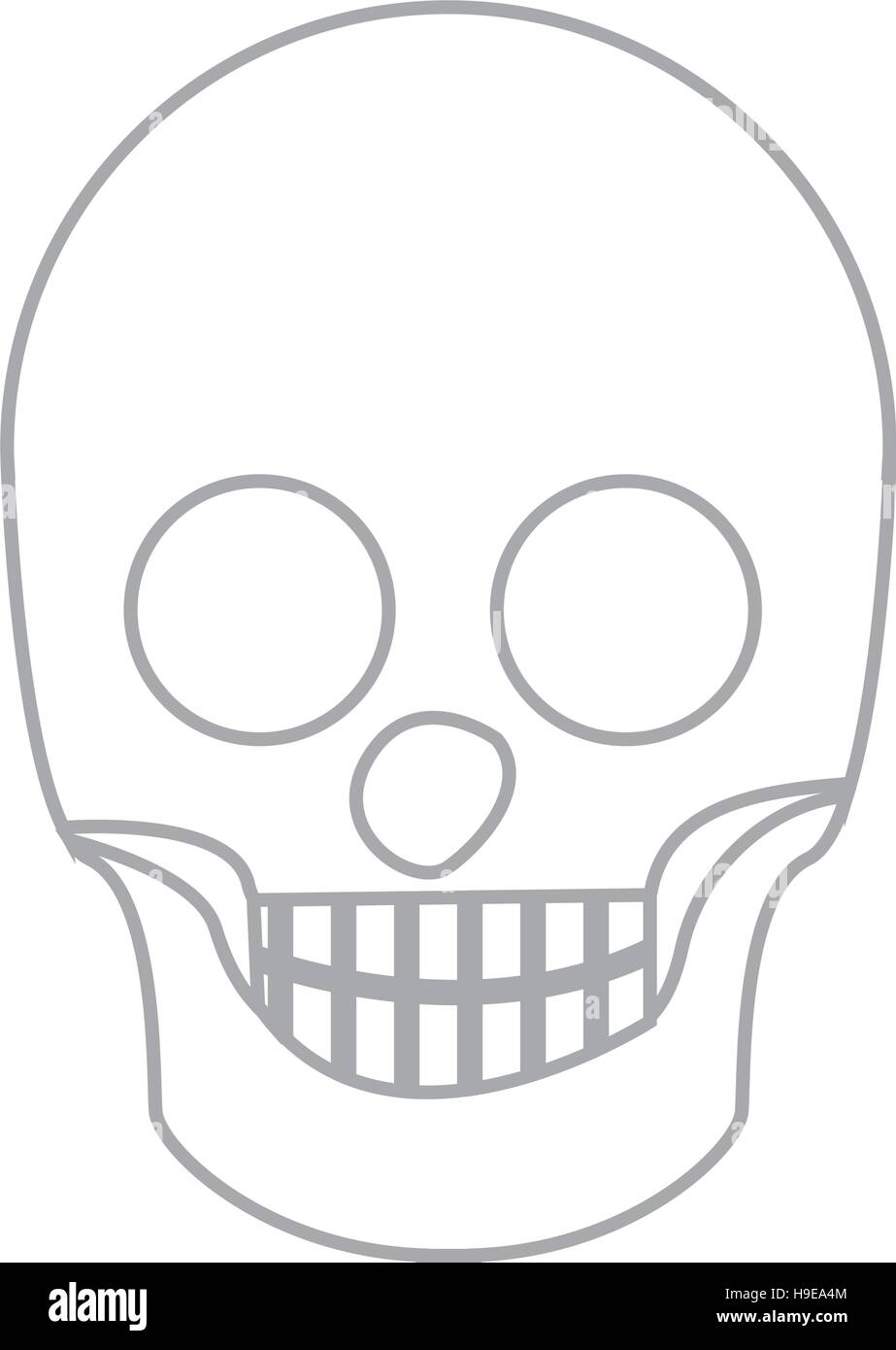Teeths Bones: Know The Difference

The human body is composed of various complex systems, each playing a unique role in maintaining our overall health and functionality. Among these systems, the skeletal and dental systems are often confused with one another due to their seemingly similar compositions. However, teeth and bones are distinct entities with different structures, functions, and characteristics. Understanding the differences between these two is crucial for appreciating the intricate mechanisms of the human body and for maintaining good oral and overall health.
Structural Differences
One of the primary distinctions between teeth and bones lies in their structural composition. Bones are made of living tissue and are composed of several types of cells, including osteoblasts, osteoclasts, and osteocytes. These cells are responsible for the formation, resorption, and maintenance of bone tissue, respectively. Bones are dynamic, meaning they undergo constant remodeling throughout an individual’s life, which allows for growth, repair, and adaptation to changing loads and stresses.
On the other hand, teeth are made of hard, calcified tissue that is formed from cells called ameloblasts (enamel), odontoblasts (dentin), and cementoblasts (cementum). Unlike bones, teeth do not have a direct blood supply or nerves within their hardest outer layer, the enamel, although they are connected to the nervous system via the pulp, which is housed inside the tooth. Teeth do not have the ability to heal or regenerate in the same way bones do, as they lack the cellular machinery necessary for tissue repair and remodeling.
Functional Differences
The functions of teeth and bones are also distinctly different. Bones serve a multitude of roles including providing structural support for the body, protecting internal organs (such as the brain, heart, and lungs), facilitating movement by acting as levers for muscles, producing blood cells in the bone marrow, and storing minerals such as calcium and phosphorus. This versatility underscores the critical importance of bones in maintaining the integrity and functionality of the body.
In contrast, teeth are specialized for the primary function of food processing. They are involved in biting, chewing, and grinding food, which are essential steps in digestion. Teeth also play a significant role in speech, as their position and shape affect the formation of sounds and words. Moreover, teeth contribute to the aesthetic appeal of a person’s smile, influencing both personal confidence and social interactions.
Developmental Differences
The development of teeth and bones offers another area of distinction. Bone formation, or osteogenesis, involves the transformation of other cells or tissues into bone cells and the subsequent deposit of bone matrix, a process that can occur through either intramembranous ossification (direct formation from mesenchymal cells) or endochondral ossification (formation from cartilaginous models). This complex process allows bones to grow and change throughout life.
Tooth development, or odontogenesis, is a highly specialized and localized process that occurs within the jawbones. It involves the coordinated action of epithelial and mesenchymal cells, leading to the formation of the dental lamina, which eventually gives rise to the teeth. Unlike bones, teeth develop from an interaction between these two types of tissues but once formed, they do not grow or change shape in response to environmental demands in the same adaptive manner as bone.
Clinical Differences
Understanding the differences between teeth and bones has significant implications for clinical practice and health care. Diseases affecting bones, such as osteoporosis or osteopenia, result in a decrease in bone density, making them more susceptible to fractures. Treatment for bone diseases often involves medication to slow down bone resorption, exercise to strengthen muscles and improve bone density, and in some cases, surgical intervention.
Dental diseases, on the other hand, such as tooth decay or periodontal disease, require different management strategies. Prevention is a key component, involving regular brushing, flossing, and dental check-ups. Treatment may range from fillings and crowns for tooth decay to deep cleaning or surgery for periodontal disease. The inability of teeth to regenerate or heal like bones makes preventive care and early intervention crucial.
Conclusion
In conclusion, while both teeth and bones are calcified structures that provide support and facilitate various bodily functions, they exhibit distinct differences in their structure, function, development, and clinical management. Appreciating these differences is essential not only for maintaining good oral and skeletal health but also for recognizing the intricate and interconnected nature of the human body’s systems. By understanding how teeth and bones are both similar and distinct, we can better value the complexity and beauty of human anatomy and work towards preserving and enhancing our overall well-being.
What is the main difference between teeth and bones in terms of their composition?
+The primary difference lies in their cellular composition and dynamics. Bones are composed of living tissue with cells such as osteoblasts, osteoclasts, and osteocytes, allowing for remodeling and growth. Teeth, on the other hand, are made of hard, calcified tissue formed by cells like ameloblasts, odontoblasts, and cementoblasts, and lack the ability to regenerate or remodel like bones.
How do the functions of teeth and bones differ?
+While bones provide structural support, protect internal organs, facilitate movement, produce blood cells, and store minerals, teeth are specialized for food processing, involved in biting, chewing, and grinding, and also play roles in speech and aesthetics.
What are the implications of the differences between teeth and bones for clinical practice?
+The differences between teeth and bones have significant implications for the diagnosis, treatment, and prevention of diseases affecting these structures. Understanding these differences allows for targeted and effective health care strategies, whether it’s addressing bone diseases like osteoporosis or dental diseases such as tooth decay.


